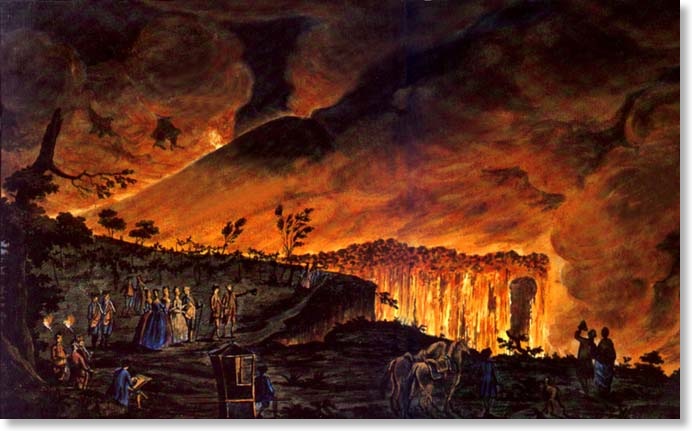Welcome to the Database of Scientific Illustrators (DSI)!
Our online database, fully functioning since 2011, now already covers more than 13900 illustrators in natural history, medicine, technology and various sciences in more than 110 countries, active between c. 1450 and 1950! Please note that we explicitly exclude still living illustrators.
Our extensive search options across the whole database are freely available!
Please click on Browse DSI to browse the database. If you then click on Search, you are provided with 21 combinable search fields across the entire database.
Search for "contains georg" will retrieve all entries that mention Georg, Georgie, georgian, etc. anywhere within the dataset whereas a search for "is equal to Georg" will only yield entries with exactly this word.
If you want to combine different search terms, select Advanced Search to get a wide array 21 different search fields that can also be combined.
Two students of digital humanities in Stuttgart, Amelie Fritsch and Fabienne Metzger, have created temporalized geospatial maps of DSI with the aid of the Dariah-DE geo browser. Users now can look at maps of places and years of birth, death, and regional activity of all our illustrators for which such data were available by clicking on these preceeding three links. One can zoom into these maps and thus increase the spatial resolution for select regions. One can also animate these maps by choosing a small time interval of a few decades in the display below the maps which shows the overall temporal distribution, and then have this time interval pass through all of the five centuries covered by DSI in order to study secular changes in the spatial distribution of illustrators over time. Please note that these three maps need considerable time to build up on your screen, so please be patient when using this feature.
For a summary of content please click here (external Link, Oct. 2012, i.e. outdated as far as the absolute numbers of entries are concerned which are mentioned there, but still useful for search tips and general guidance). For a flyer with basic information about our database see https://www.hi.uni-stuttgart.de/gnt/datenbanken/DSI-Flyer.pdf
If you want to enter crosslinks to our DSI entries, please use our BEACON-file (a pdf file easily convertible into a txt-file, last updated Nov. 23, 2025). This Beacon-file correlates all our DSI-entries via their unique ID number with the viaf-number (viaf=virtual international authority file) obtainable from https://viaf.org/
There is also the option to report suggestions for new entries to us - please do so. Either fill out the online form or send us information in tabular form to klaus.hentschel at hi.uni-stuttgart.de If you do so, please take into account as many categories of our search fields as possible, and then be patient. Every such suggestion is carefully checked and amended by us before being put online. We will then notify you of the new entry or the new additions.
Sir William Hamilton: Campi Phlegraei, Naples, 1776, Plate XXXVIII:
In the night of 11th May 1771, Sir William Hamilton (1730-1803) and Sicilian Majesties went to a part of Vesuvius where the lava fell down a perpendicular drop before flowing toward the town of Resina. The plate description states that: "the original drawing for this plate was taken that night on the spot" - in fact, the illustrator Peter Fabris (1730 or 1735-1792 or 1795) has included himself sketching in the bottom left hand corner. For further examples of Hamilton/Fabris and their context see http://special.lib.gla.ac.uk/exhibns/month/oct2007.html
|
